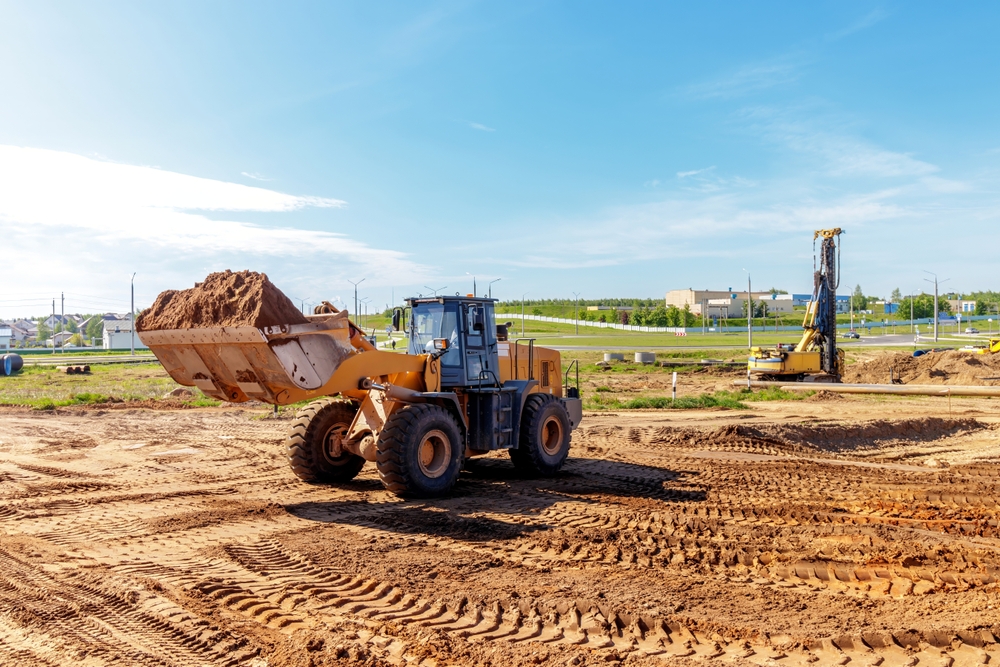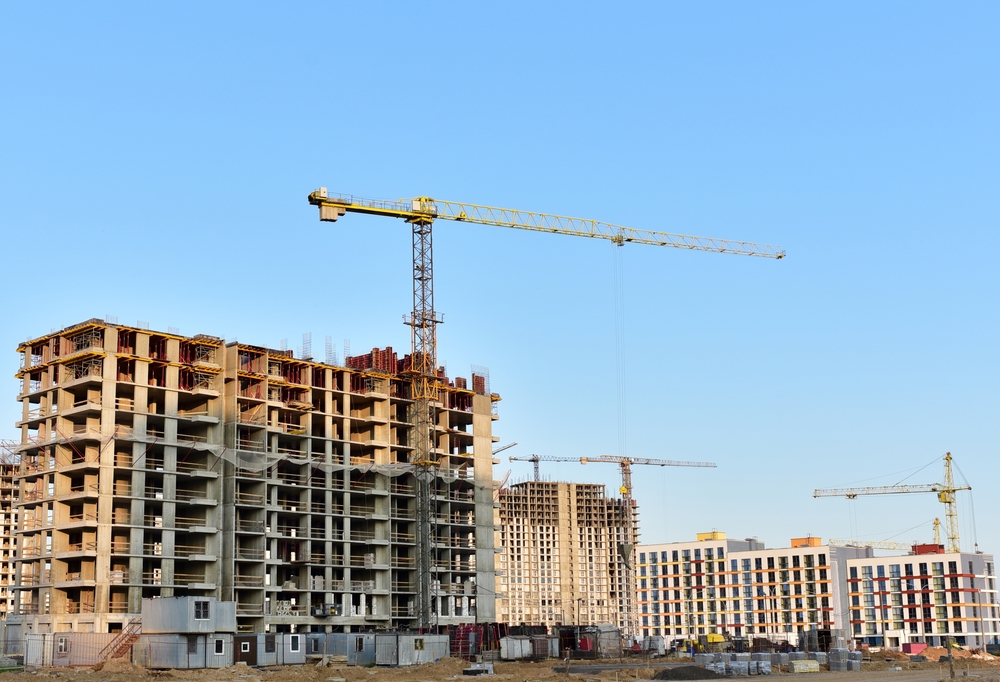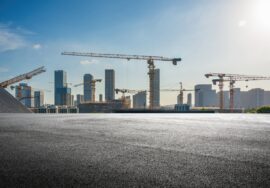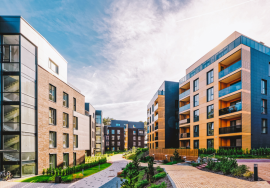Innovative Building Technologies: A Game-Changer for Real Estate
Innovative Building Technologies: A Game-Changer for Real Estate

In the ever-evolving real estate industry, innovative building technologies are transforming how properties are designed, constructed, and managed. These advancements are not only enhancing the functionality and aesthetics of buildings but also improving sustainability, efficiency, and overall value. This blog explores some of the most groundbreaking building technologies that are reshaping the real estate landscape and setting new standards for modern construction.
The Rise of Innovative Building Technologies
Building technologies have come a long way from traditional construction methods. The integration of advanced technologies is driving significant changes in how buildings are developed and maintained. These innovations are making properties smarter, more energy-efficient, and better suited to meet the demands of today’s real estate market.
Key Innovative Building Technologies
1. Smart Building Systems
Smart building systems are revolutionizing the way buildings operate by integrating advanced sensors, automation, and data analytics. These systems enable real-time monitoring and control of various building functions, such as lighting, heating, cooling, and security. By optimizing these systems, smart buildings enhance energy efficiency, improve occupant comfort, and streamline facility management.
- Example: Building Management Systems (BMS) use sensors and data analytics to monitor energy consumption, adjust climate control settings, and detect maintenance issues, leading to cost savings and improved operational efficiency.
2. Building Information Modeling (BIM)
Building Information Modeling (BIM) is a digital tool that creates detailed 3D models of buildings, including architectural, structural, and mechanical components. BIM allows for better visualization, coordination, and planning throughout the construction process. It enables stakeholders to collaborate more effectively, reduce errors, and optimize building performance.
- Example: BIM software like Autodesk Revit helps architects, engineers, and contractors visualize the entire building project in a virtual environment, improving design accuracy and streamlining the construction process.

3. Prefabrication and Modular Construction
Prefabrication and modular construction involve assembling building components or entire structures off-site in a controlled environment before transporting them to the construction site. This approach speeds up the construction process, reduces waste, and enhances quality control. Modular buildings can be customized to meet specific needs while maintaining high standards of efficiency and durability.
- Example: Modular homes and commercial buildings are prefabricated in factories and then assembled on-site, allowing for faster construction times and reduced disruption to surrounding areas.
4. Sustainable Building Materials
Innovative building materials play a crucial role in enhancing the sustainability and energy efficiency of buildings. Materials such as recycled steel, bamboo, and advanced insulation systems contribute to reducing the environmental impact of construction. These materials are designed to be more durable, energy-efficient, and eco-friendly, supporting the growing demand for green building practices.
- Example: High-performance insulation materials, like spray foam and cellulose, improve thermal efficiency and reduce energy consumption by minimizing heat loss and gain.
The Benefits of Innovative Building Technologies
5. Enhanced Energy Efficiency
One of the most significant advantages of innovative building technologies is their impact on energy efficiency. Smart systems, energy-efficient materials, and sustainable design practices work together to reduce energy consumption and lower utility costs. Buildings that incorporate these technologies are better equipped to meet stringent energy standards and achieve certifications such as LEED (Leadership in Energy and Environmental Design).
6. Improved Building Performance
Innovative technologies enhance the overall performance of buildings by optimizing various functions and systems. For example, smart building systems can adjust lighting and temperature based on occupancy patterns, leading to improved comfort and reduced energy use. BIM and prefabrication techniques also contribute to higher-quality construction and fewer defects, ensuring that buildings perform as intended.
7. Increased Property Value
Properties equipped with cutting-edge building technologies are highly attractive to buyers and tenants. Smart features, energy-efficient systems, and sustainable materials add value to real estate by offering long-term cost savings and environmental benefits. As a result, properties that incorporate these innovations are more competitive in the market and can command higher prices.
The Future of Building Technologies
8. Integration of Artificial Intelligence (AI)
Artificial Intelligence (AI) is poised to play a transformative role in building technologies. AI-driven systems can analyze vast amounts of data to optimize building performance, predict maintenance needs, and enhance occupant experiences. From predictive analytics to autonomous building systems, AI has the potential to revolutionize how buildings are managed and operated.
- Example: AI algorithms can predict equipment failures before they occur, allowing for proactive maintenance and reducing downtime.
9. Advanced Construction Robotics
Construction robotics are becoming more prevalent in the industry, offering new possibilities for automation and precision. Robots can perform tasks such as bricklaying, concrete pouring, and site inspection with high accuracy and efficiency. These technologies reduce labor costs, increase safety, and improve the quality of construction.
- Example: Robotic systems like the SAM (Semi-Automated Mason) can lay bricks at a faster rate and with greater precision than human workers, speeding up the construction process.
Conclusion
Innovative building technologies are driving significant changes in the real estate industry, offering numerous benefits including enhanced energy efficiency, improved performance, and increased property value. As these technologies continue to evolve, they will play a crucial role in shaping the future of construction and real estate. Embracing these advancements is key to staying competitive in the market and meeting the growing demand for smart, sustainable, and high-performance buildings.
For more information on integrating innovative building technologies into your real estate projects, contact AMS India for expert advice and solutions. Additionally, explore the latest trends in building technologies at BuildingGreen.
Read more related articles to enhance your knowledge and make informed decisions
10 Essential Steps in the Building Construction Process
How to Choose the Right Materials for Your Construction Project








